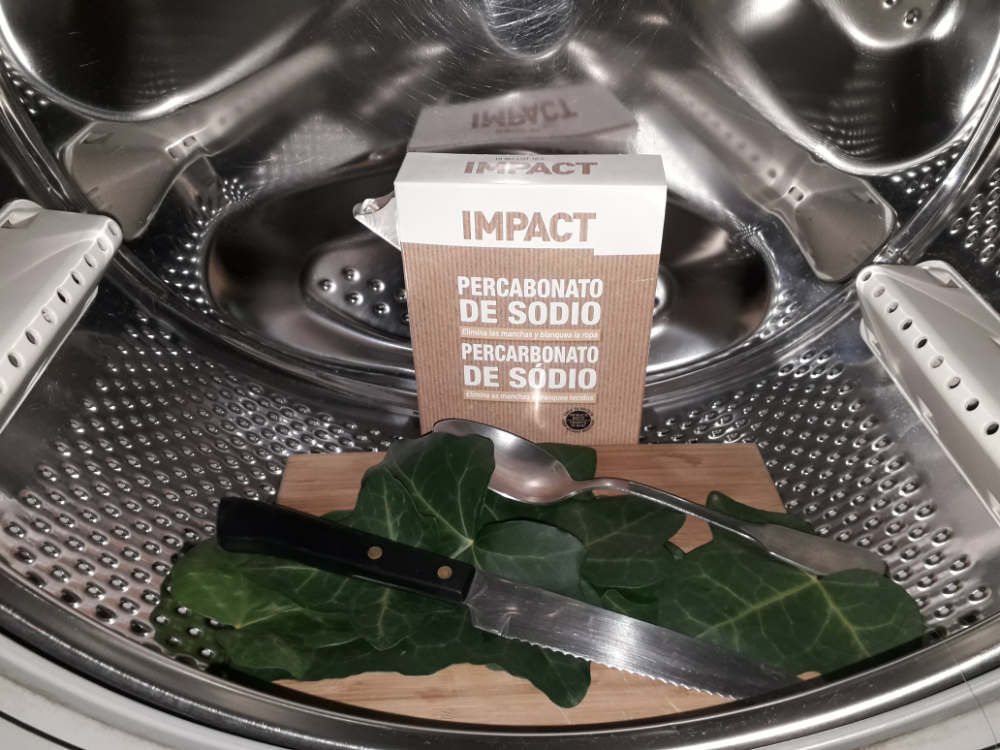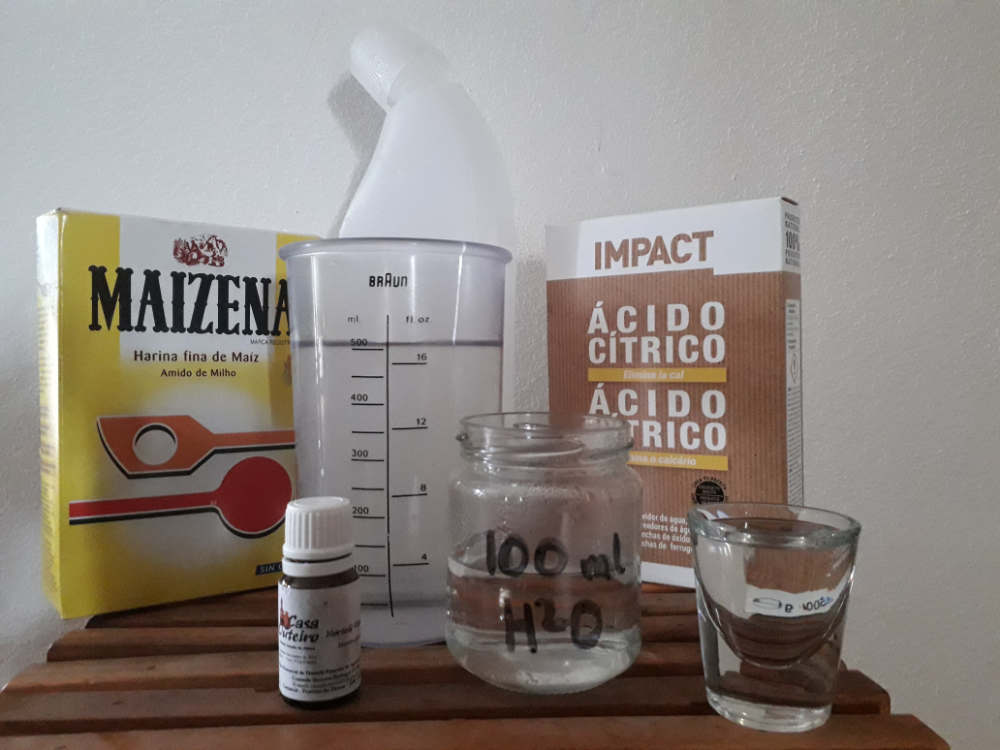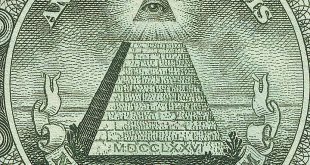Do it yourself
Does nature have the best deals around? It may seem incredible, but it’s true. Making your own laundry detergent — from plants, or other ingredients freely available in the natural world — is simple. At times, I have the impression that cleaning products are produced for people living in cities; places bereft of nature, with inhabitants who are no longer aware of what the natural world gives us for free. We aren’t taught how to make these sorts of products at school, in science classes or otherwise. And why not? Perhaps because plants can’t grow on concrete, or because there’s little interest in the products that go into our washing machines.
Another feature of these products (OMO, Persil, Ecover, etc.) that bothered me was the fact that, once their contents were used up, the petroleum-based plastic packaging that remained was going to end up in the rubbish — or what we now euphemistically refer to as the “recycling” bin. This can’t be all that we live for, buying things and throwing them away. So, let’s put a stop to it! From now on, we would like to share with you some eco-friendly household tips that might also help you cut the costs of your family budget. As more and more packaging accumulates, suffocating our Earth with plastic, I have been looking into things and have tried out some simple alternatives to shop-bought cleaning products. Here’s what I have come up with.
Simple zero-waste laundry detergent
Ingredients for the washing machine:
1 sock or a small cloth bag
10 leaves of dark green ivy (young leaves should not be used — dark ivy leaves contain an active cleaning agent called saponins).
If your laundry is stained, or if you are washing white clothes, add 2 tablespoons of sodium percarbonate (a kind of oxygen bleach used for removing stains from clothing).
If your water is chalky, add a little vinegar every 4 or 5 washes to prevent limescale.
Preparation:
Tear or cut the ivy leaves into halves or quarters and place them in the sock. Tie the sock with a knot. Along with your clothes, place the sock in the washing machine and select the cycle that you normally use.
If you want to wash white laundry with stains, add 2 tablespoons of sodium percarbonate before turning the machine on as usual (not suitable for silk and wool, which you can wash with olive-oil soap instead). When adding vinegar, make sure to pour it into the detergent drawer. Simple, isn’t it?
Bathroom cleaning product
Ingredients:
1 empty bottle of bathroom cleaner (such as Duck)
2 tablespoons of corn starch
2 tablespoons of citric acid
10 ml of liquid soap or eco-friendly washing-up liquid
500 ml cold water
100 ml boiled water
5-10 drops of essential oil (tea tree oil, lavender, orange, lemon or mint)
Preparation:

Boil 100 ml of water and let it cool to 40ºC.
Mix the corn starch in 500 ml of cold water and bring it briefly to the boil, stirring constantly to avoid creating buds: the mixture should be milky and thick.
Mix the citric acid into the 100 ml of boiled water until the crystals have dissolved (I normally use a jar with a lid to make this mixture).
Add 10 ml of liquid soap or washing-up liquid.
Next, mix everything together and add the essential oil.
Pour it into the empty bottle with the help of a funnel.
And you’re good to go! This bathroom cleaner doesn’t affect the work of the sewage plant in its treatment of wastewater, because it undergoes bacterial decomposition.
In the next edition:
home-made toothpaste and washing-up liquid.
 Eco123 Revista da Economia e Ecologia
Eco123 Revista da Economia e Ecologia



